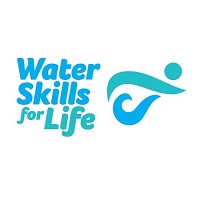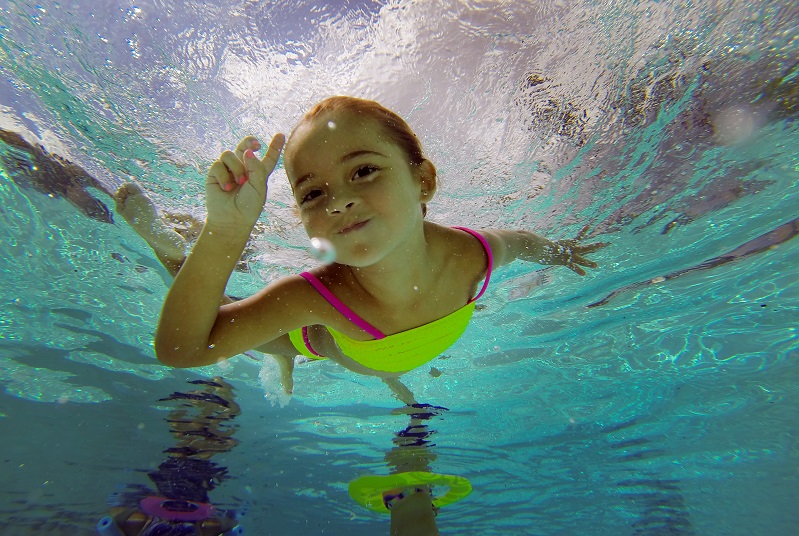
For our primary school children, Water Skills for Life is the essential beginning of life-long learning.
Tools and resources for teachers
Water Skills for Life can be taught by any teacher in a school pool and classroom. The options are:
- Teach children the practice in a school pool (free PD is available).
- Teach children the theory in a classroom (free PD is available).
- Access a local Water Skills for Life provider to undertake the programme if your school doesn't have a school pool. See providers here.
Water Skills For Life comprises seven competency areas and can be taught through four learning levels for students starting out in year 0 up to year 8. Within each learning level we show you how you can work with your students across the seven competency areas, including overall water safety and awareness.
Access the resources through the four levels at the bottom of this page but we recommend that you start by reading the seven competency areas immediately below.
As you work within a level, you can access and download the teacher resources, student achievement certificates and classroom posters. Certificates have been designed for students to colour them, a further way students can keep engaged with Water Skills For Life and to reduce colour printing costs for the school.

Summary of the competency areas
You can review the teacher resources for each competency area immediately below and select a lesson level at the bottom of this page.

Swimming skills are one thing but moving in water is also about how to stay safe.
TEACHER RESOURCES >
Lesson Plans in four levels
Select a level and access the lessons and teacher resources here.
How to check whether students are competent in Water Skills for Life
To check whether a student is competent in Water Skills for Life, students must be accomplished at level 4.
In addition they must demonstrate two sets of five skills in a sequence. Each set must include at least one of the three 'starred' skills identified at Level 4. These are:
- Tread water for at least 3 minutes in deep water
- Move 50m and/or 3 minutes non-stop, confidently and competently - using any form of propulsion on their side and/or front and/or back or a mixture
- Move 100m and/or 5 minutes non-stop, confidently and competently - using any form of propulsion on their side and/or front and/or back or a mixture
Assessment / Aromatawai
There are 27 skills for tamariki to learn which can be taught in any order to suit students’ age and ability.
One lesson can cover more than one skill development. Some skills, or combination of skills, may take students longer than a set of lessons (even years) to achieve.
That’s fine. It is expected that by Year 8, students will have achieved all 27 skills and have opportunities to repeat these and develop them further.
These include:
- With and without goggles
- In shallow and deep water
- In cold and warm water
- In pool, simulated and safe water environments including beaches and rivers
- As part of aquatic activities and sports
Students are assessed as achieved in a skill when they can confidently and competently demonstrate it.













